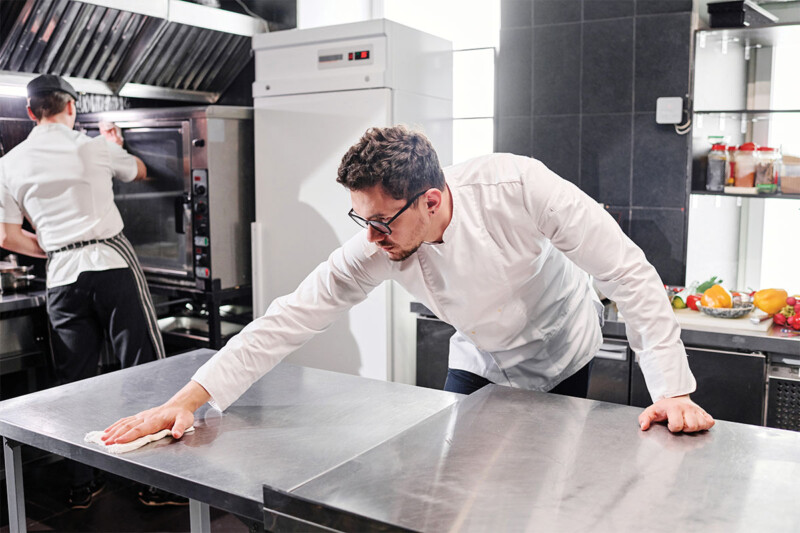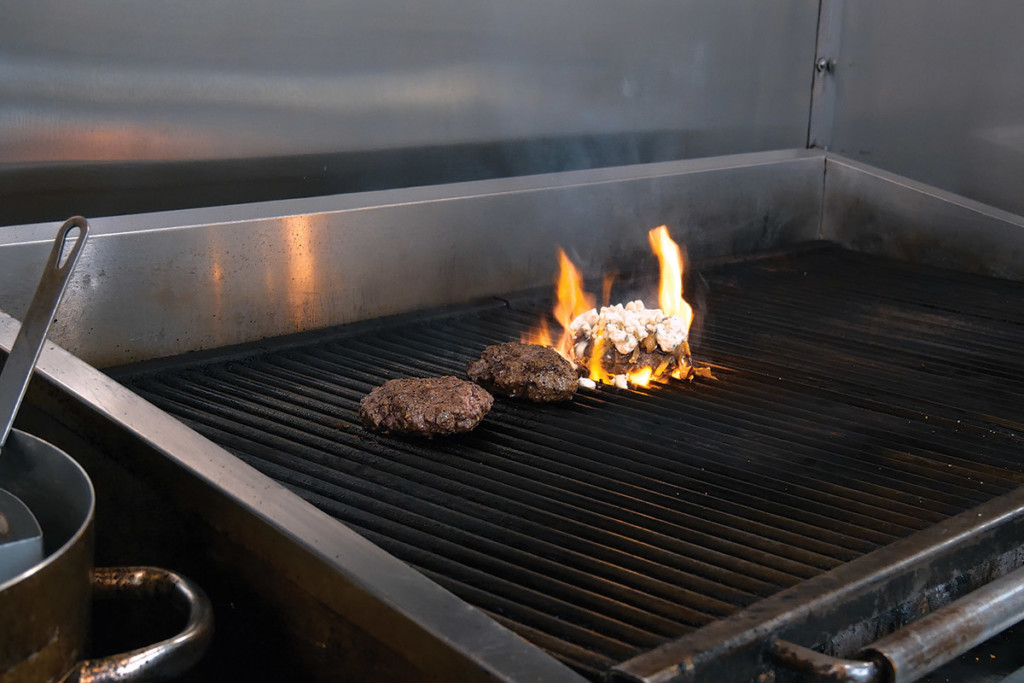
When a burger restaurant failed to attend to its chain broiler’s needs, the results were disastrous. “A piece of the belt broke off, lodged in a burger patty and was found by a customer,” recalls Joey Byrne, branch operations manager for Electric Motor Repair, Baltimore.
Luckily, most broiler maintenance mishaps rarely get that bad. Still, failure to provide basic care can affect both food quality and equipment life span. “Hot or cool spots can develop across the cooking surface, affecting cooking performance,” says Rob Dunwody, mid-Atlantic service manager for Clark Service Group, Lancaster, Pa. “Debris buildup can impact flavor. It also can act as an insulating layer, slowing cook times and shortening the life span for the burners as a result of the trapped heat. By the time cooking has become inconsistent, it’s usually too late. We are often the ones called to do the deep cleaning.”
Broiler types include lava rock, radiant, infrared and automated chain-driven. Daily care for each type starts with scrubbing grates with a grill brush. “Many grates can flip to incinerate buildup the brush can’t remove,” says David Duckworth, director of corporate operations for Commercial Kitchen Parts & Service, San Antonio.
Read on for tips from service agents on how to best care for the many types of broilers.

—Courtesy of Clark Service Group.
Lava Rock Broilers
Service agents insist on using the proper amount of lava rocks; more is not better. “Too many rocks will block heat from reaching grates and instead reflect it back down onto the charbroiler’s burner, potentially damaging components,” Duckworth says.
Replace lava rocks following the manufacturer’s directions—this could be as frequently as every three months to twice a year, depending on volume. Additionally, use the right rocks. Ceramic rock or charcoal reach much higher temperatures than lava rocks. The intense heat can damage a broiler.
Visually inspect the lava rocks. “Are they filthy? Starting to disintegrate? Keep an extra bag of lava rocks on hand—they are inexpensive,” Dunwody adds. “When you replace the rocks, replace all of the rocks rather than piling new atop old ones.”
Avoid pouring water over the broiler grates or on lava rocks to extinguish flare-ups. The temperature swing can damage the lava rocks and potentially weaken cast-iron grates. If it’s bad, shut off the gas until the flare-up subsides.
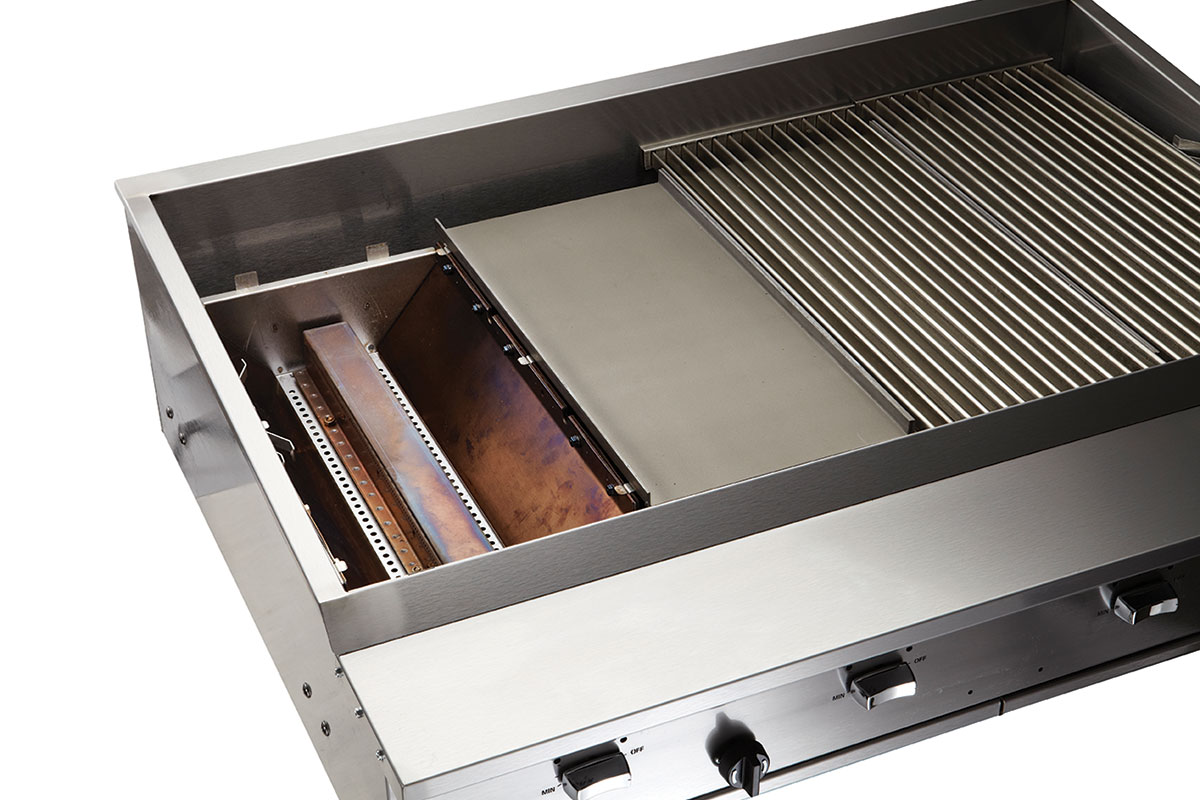
—Courtesy of Vulcan.
Radiant Broilers
Make periodic checks on the condition of the radiants—the A-shaped stainless or cast-iron pieces covering each burner and radiating heat up toward the grates.
“What we see, especially with cast iron, is that the radiant will start to warp over time and sink down into the burner flame,” Duckworth says. “This reflects heat downward and can damage the burner. Replace any warped radiants when you spot them.”

— Courtesy of Garland.
Infrared Broilers and Salamanders
High-end infrared broilers and salamanders rely on special ceramic tiles that heat quickly to extremely high temperatures. Because they are positioned above the food, the tiles stay relatively clean. Don’t let employees clean them. “The only person who should ever deal with these tiles is a service technician,” says Duckworth, cautioning of the pricey parts.
When working properly, the tiles should glow bright orange. “If you see a blue color instead of orange, you’ve either got a gas pressure problem, or worse, a cracked tile,” Duckworth says.“If this happens, get the unit serviced as soon as possible. When one tile fails, the surrounding tiles also are at risk.”
An infrared burner replacement starts at about $700 just for the part—and these broilers can have three or four burner components, he adds. Although several manufacturers offer a rebuild kit, in Duckworth’s experience, attaining the perfect seal required for the rebuilt burners to function properly is both expensive and difficult. Replace the burner rather than repair it, he says.
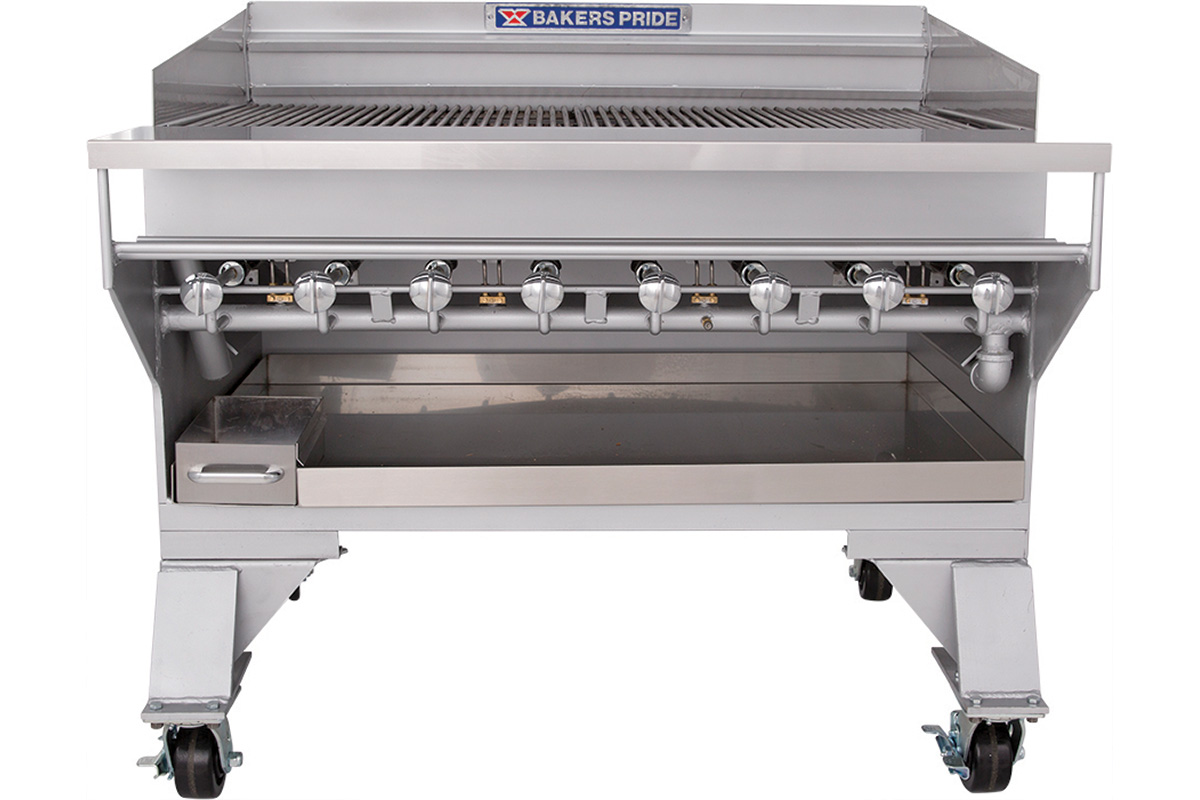
— Courtesy of Bakers Pride.
Chain Broilers
For facilities that rely on an automated, chain-driven broiler, preventative maintenance is all the more important because of the moving parts. The belt, with its shafts and sprockets, can suffer grease buildup that leads to breakage. And if the belt breaks, production stops.
Byrne recommends operators running chain broilers keep a kit of parts on hand. “The kit could include a gas valve, sprockets, bushings and a gear motor,” Byrne says. “Store them in a labeled plastic bin. Nearly half our customers keep these on hand. When we do a service call that uses one of the pieces, we will send back a replacement part afterward.” Such kits are available from the supplier, or you can work with your service company to assemble the kit.
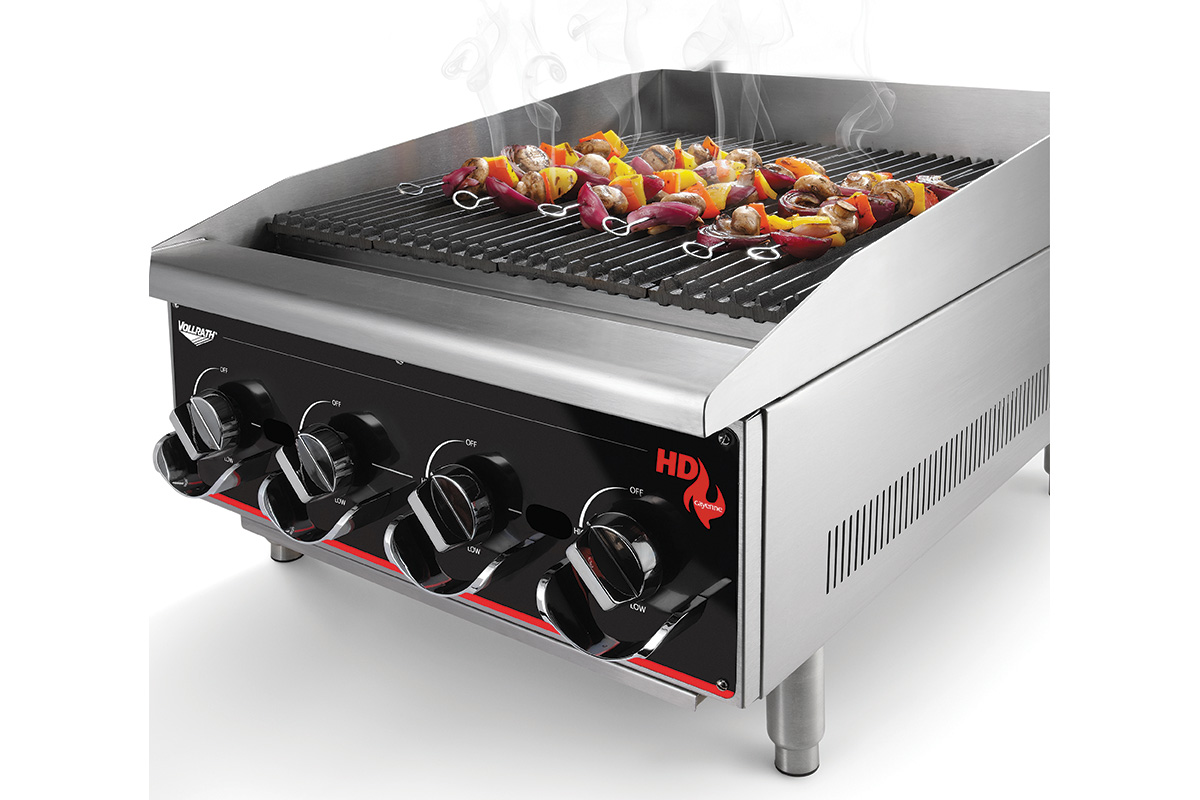
—Courtesy of Vollrath.
Pro Tips
-
- Employees tend to leave the broiler running full bore even between meal periods. That runs up utility costs and shortens the life of the burners. They don’t take that long to heat up. Monitor usage.
- Don’t line the water pan with aluminum foil as a cleaning shortcut. Foil reflects the heat into an area not designed for high heat, which can damage components.
RELATED CONTENT
- Advertisement -
- Advertisement -
- Advertisement -
TRENDING NOW
- Advertisement -
- Advertisement -
- Advertisement -


